おすすめの製品
由来生物
rabbit
品質水準
結合体
unconjugated
抗体製品の状態
affinity isolated antibody
抗体製品タイプ
primary antibodies
クローン
polyclonal
フォーム
buffered aqueous solution
分子量
44 kDa
交差性
bovine, human, pig, rabbit, sheep
濃度
0.5 mg - 1 mg/mL
テクニック
ChIP: suitable
immunohistochemistry: suitable
western blot: suitable
UniProtアクセッション番号
輸送温度
wet ice
保管温度
−20°C
遺伝子情報
human ... TP53(7157)
詳細
TP53 acts as a tumor suppressor in many tumor types; induces growth arrest or apoptosis depending on the physiological circumstances and cell type. Involved in cell cycle regulation as a trans-activator that acts to negatively regulate cell division by controlling a set of genes required for this process. This gene encodes tumor protein p53, which responds to diverse cellular stresses to regulate target genes that induce cell cycle arrest, apoptosis, senescence, DNA repair, or changes in metabolism. p53 protein is expressed at low level in normal cells and at a high level in a variety of transformed cell lines, where it′s believed to contribute to transformation and malignancy. p53 is a DNA-binding protein containing transcription activation, DNA-binding, and oligomerization domains. It is postulated to bind to a p53-binding site and activate expression of downstream genes that inhibit growth and/or invasion, and thus function as a tumor suppressor. Mutants of p53 that frequently occur in a number of different human cancers fail to bind the consensus DNA binding site, and hence cause the loss of tumor suppressor activity. Alterations of this gene occur not only as somatic mutations in human malignancies, but also as germline mutations in some cancer-prone families with Li-Fraumeni syndrome. Multiple p53 variants due to alternative promoters and multiple alternative splicing have been found. These variants encode distinct isoforms, which can regulate p53 transcriptional activity.
免疫原
Synthetic peptide directed towards the N terminal region of human TP53
生物化学的/生理学的作用
TP53 acts as a tumor suppressor in many tumor types; induces growth arrest or apoptosis depending on the physiological circumstances and cell type. Involved in cell cycle regulation as a trans-activator that acts to negatively regulate cell division by controlling a set of genes required for this process. This gene encodes tumor protein p53, which responds to diverse cellular stresses to regulate target genes that induce cell cycle arrest, apoptosis, senescence, DNA repair, or changes in metabolism. p53 protein is expressed at low level in normal cells and at a high level in a variety of transformed cell lines, where it′s believed to contribute to transformation and malignancy. p53 is a DNA-binding protein containing transcription activation, DNA-binding, and oligomerization domains. It is postulated to bind to a p53-binding site and activate expression of downstream genes that inhibit growth and/or invasion, and thus function as a tumor suppressor. Mutants of p53 that frequently occur in a number of different human cancers fail to bind the consensus DNA binding site, and hence cause the loss of tumor suppressor activity. Alterations of this gene occur not only as somatic mutations in human malignancies, but also as germline mutations in some cancer-prone families with Li-Fraumeni syndrome. Multiple p53 variants due to alternative promoters and multiple alternative splicing have been found. These variants encode distinct isoforms, which can regulate p53 transcriptional activity.
シーケンス
Synthetic peptide located within the following region: EEPQSDPSVEPPLSQETFSDLWKLLPENNVLSPLPSQAMDDLMLSPDDIE
物理的形状
Purified antibody supplied in 1x PBS buffer with 0.09% (w/v) sodium azide and 2% sucrose.
免責事項
Unless otherwise stated in our catalog or other company documentation accompanying the product(s), our products are intended for research use only and are not to be used for any other purpose, which includes but is not limited to, unauthorized commercial uses, in vitro diagnostic uses, ex vivo or in vivo therapeutic uses or any type of consumption or application to humans or animals.
適切な製品が見つかりませんか。
製品選択ツール.をお試しください
保管分類コード
10 - Combustible liquids
WGK
WGK 3
引火点(°F)
Not applicable
引火点(℃)
Not applicable
適用法令
試験研究用途を考慮した関連法令を主に挙げております。化学物質以外については、一部の情報のみ提供しています。 製品を安全かつ合法的に使用することは、使用者の義務です。最新情報により修正される場合があります。WEBの反映には時間を要することがあるため、適宜SDSをご参照ください。
Jan Code
SAB2102513-50UG:
SAB2102513-100UL:
最新バージョンのいずれかを選択してください:
Wei Min et al.
The American journal of Chinese medicine, 42(3), 709-727 (2014-05-30)
Ultraviolet A (UVA) radiation contributes to skin photoaging. Baicalin, a plant-derived flavonoid, effectively absorbs UV rays and has been shown to have anti-oxidant and anti-inflammatory properties that may delay the photoaging process. In the current study, cultured human skin fibroblasts
Jia-Ming Xie et al.
Cancer research, 74(18), 5127-5138 (2014-08-03)
The p53-induced glycolysis and apoptosis regulator (TIGAR) inhibits glycolysis, resulting in higher intracellular NADPH, lower reactive oxygen species (ROS) and autophagy activity. In this study, we investigated whether TIGAR might exert dual impacts on cancer cell survival based on its
Timothy S Pardee et al.
Oncotarget, 5(12), 4170-4179 (2014-06-26)
F10 is an oligonucleotide based on the thymidylate synthase (TS) inhibitory 5-fluorouracil (5-FU) metabolite, 5-fluoro-2'-deoxyuridine-5'-O-monophosphate. We sought to determine the activity of F10 against preclinical models of acute lymphoblastic leukemia (ALL). F10 treatment resulted in robust induction of apoptosis that
C Leufke et al.
Oncogene, 33(27), 3506-3518 (2013-08-21)
The incidence of skin cancer is increasing worldwide and cutaneous squamous cell carcinomas (SCCs) are associated with considerable morbidity and mortality, particularly in immunosuppressed individuals ('carcinomatous catastrophy'). Yet, molecular mechanisms are still insufficiently understood. Besides ultraviolet (UV)-indicative mutations, chromosomal aberrations
Maja T Tomicic et al.
Cancer research, 74(19), 5585-5596 (2014-08-16)
DNA repair processes are a key determinant of the sensitivity of cancer cells to DNA-damaging chemotherapeutics, which may induce certain repair genes as a mechanism to promote resistance. Here, we report the results of a screen for repair genes induced
Global Trade Item Number
| カタログ番号 | GTIN |
|---|---|
| SAB2102513-100UL | 4061836171339 |
| SAB2102513-50UG |
ライフサイエンス、有機合成、材料科学、クロマトグラフィー、分析など、あらゆる分野の研究に経験のあるメンバーがおります。.
製品に関するお問い合わせはこちら(テクニカルサービス)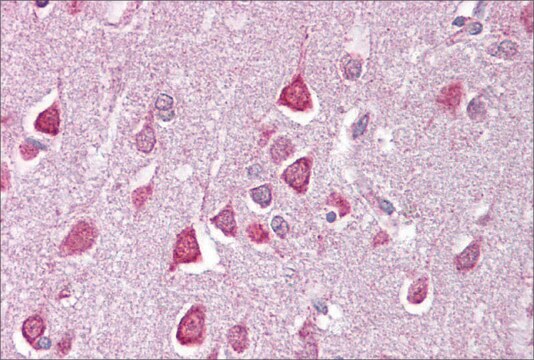
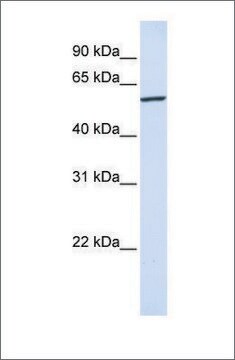
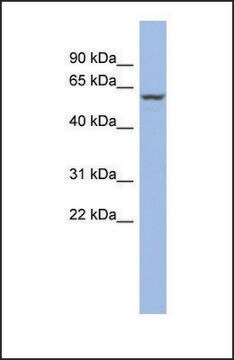
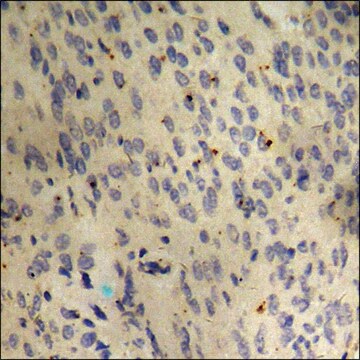

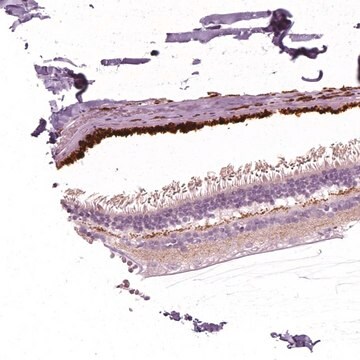
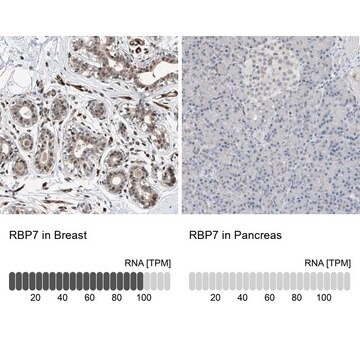
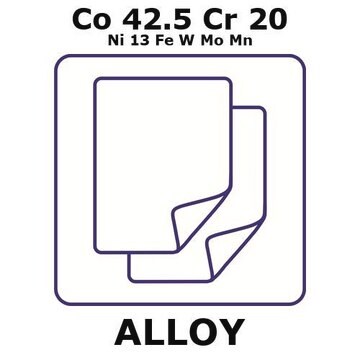
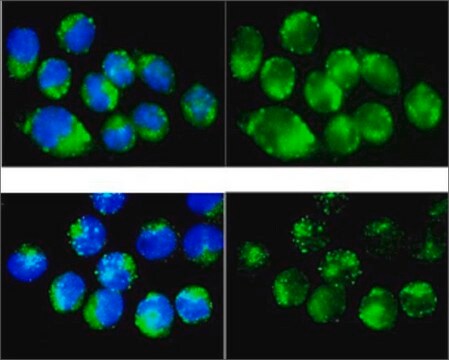
![[KO Validated]Anti-HPRT1 Antibody, clone 4N2Q6, Rabbit Monoclonal](/deepweb/assets/sigmaaldrich/product/images/171/415/c02424c7-5933-411e-8bf9-d0f73a39e4de/640/c02424c7-5933-411e-8bf9-d0f73a39e4de.jpg)